It’s not uncommon for a business’s sales cycle to peak at certain times of the year and drop at other times. This is a natural part of running a small business, and with a fine-tuned budget and the proper plan in place, you can minimize any financial surprises. Get your seasonal finances in order using this guide to create a seasonal budget for your business!
Organize Baseline Costs
The first step to planning for seasonal fluctuations is to plan out costs during your expected downtime. These include the minimum amount of expenses to run the business each month and can include the following:
- Business location(s) monthly lease or rent payments
- Vehicle lease payments
- Utilities
- Taxes
- Insurance
- Accountant fees
- Inventory and supplies
- Marketing and advertising
- Employee payroll
- Loan or credit card payments
If you’ve been keeping up with your financial statements, the average dollar amounts for these operational expenses can be found on your income statements and balance sheets. As a business with seasonal fluctuations, these expenses will not be the same each month; therefore, you will need to add up the total of each expense annually and divide this by 12 for a monthly average. The same rule applies if you have other irregular expenses paid quarterly, biannually, or annually. By averaging these irregular expenses for each month, you can set aside the funds to cover them by the time the bill is due without scrambling for the money.
Streamline Your Spending
Once you can determine your baseline costs, the next step is to take a deeper dive into your expenses and see if there are any that can be reduced. However, it’s essential to avoid drastic budget cuts without considering the implications they could have on your business. The more obvious of these are those that can directly affect the business’s performance, such as lowering employee wages or significant cuts to successful marketing strategies. Another less obvious example includes putting off a remodel that will likely increase sales and revenue when a small business loan can cover upfront costs.
Create a Budget for the Busy Season
When business is booming, it’s essential to plan for adjustments to spending well before sales rise. To get started, you’ll want to evaluate your current budget and create allowances for any additional spending in the coming months. To best prepare for an uptick in sales, some of the things you’ll want to account for could include:
- Hiring and training new employees
- Increased marketing spend for a new campaign
- Stocking up on inventory
- Updating your point-of-sale system for easy payments
- Replacing or repairing essential equipment
- Seasonal decorations
- Bonuses or gifts for employees and vendors
- Payroll for seasonal employees
While it’s not directly expensed, you should be aware of the impact that running special promotions could have on your bottom line. Special discounts could affect overall cash flow if they are to run too long and are not compensated for by increased sales. In addition, the same goes for post-holiday returns because profits already factored into your cash flow and profitability may disappear and should therefore be planned for in advance.
Secure Funding to Cover Seasonal Budget Challenges
The previous scenarios assume that your business has enough cash to cover basic expenses and additional seasonal spending. However, that is not always the reality for a small business owner. Several business financing options are available to secure the funding you need for your particular seasonal budget challenges.
SBA Loans
Small Business Administration (SBA) loans provide a viable alternative to business financing when collateral may not meet conventional lending standards. These are backed by the SBA and a local bank to offer flexible terms (up to 25 years) and minimal costs to those who qualify for different loan options that fit different funding needs. An SBA 504 loan is an excellent option for seasonal renovations or funding a new business location, while an SBA 7(a) loan is better suited for working capital and everyday expenses.
Term Loans
A term loan covers just about any business expense but is best suited for long-term investments. These include purchasing new equipment, improving facilities, funding inventory, etc. The repayment terms tend to vary based on whether you choose a long-term or short-term loan, usually ranging from 1 to 10 years of maturity and amounts available up to $1 million.
Line of Credit
A line of credit is a great way to cover seasonal working capital and inventory costs on an as-needed basis. This is by far the most flexible lending option available, allowing a borrower to apply for a certain amount and pull capital and pay it back at a fixed or variable rate. In most cases, interest will only accrue on your outstanding balance, so you pay interest on the amount of the line you’ve borrowed, not the untouched amount waiting to be used.
Preparing for the seasonal fluctuations of your business? Mechanics Cooperative Bank’s business lending options are here to cover any fluctuations in your seasonal budget! Contact us today to get started!
{{cta(‘36364d8b-197e-4597-b02e-ce165efcf9d5′,’justifycenter’)}}





